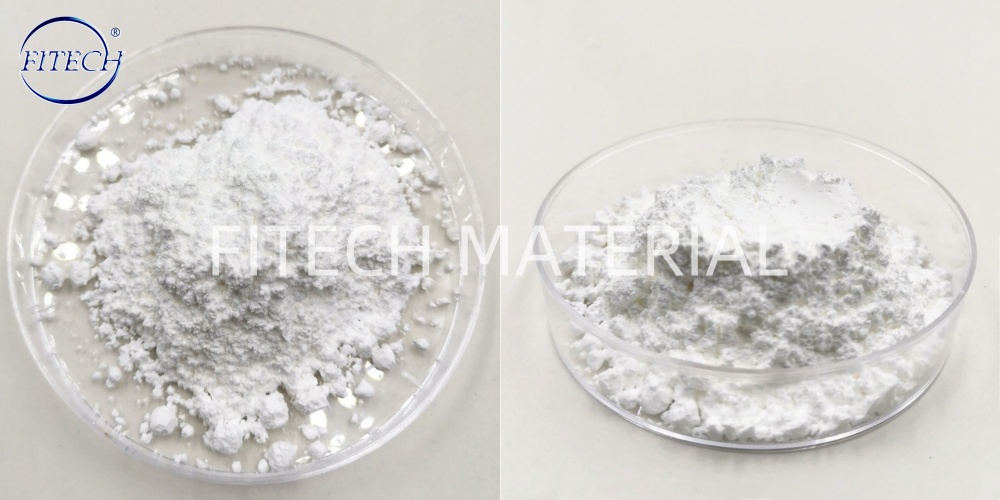Dyeing clothes is a great way to show your personality. Polyester is usually dyed with non-ionic disperse dyes that are less water-soluble, relying on the dispersant NNO. However, due to the high glass transition temperature of polyester fibers, it is difficult to make the dispersive dyes enter into the polyester with high dispersion degree at room temperature and low pressure to achieve the effect of complete dyeing. However, the polyester dyeing method using lanthanum oxide nanoparticles has a simple process, mild reaction conditions, high synthesis efficiency and low cost, which is very much in line with people’s current needs.
For more information about Lanthanum Oxide Nanoparticles products, please visit our website: https://www.topfitech.com/factory-supply-high-purity-lanthanum-oxide-nanoparticles-3n-4n-5n-reo-2-product/
The surface modification of lanthanum oxide by stearic acid esterification can improve the affinity between carrier and disperse dyes, carrier and polyester fiber, which can reduce the glass transition temperature of polyester, therefore, after the surface modification of lanthanum oxide by stearic acid is coupled to the surface of polyester, it improves the diffusion rate of carrier and disperse dyes, so that the carrier and disperse dyes can enter into polyester fibers in the form of single molecule, which improves the dyeing rate and the dyeing rate of disperse dyes. And the reaction temperature is relatively low, which is conducive to the dyeing of polyester after blending.
 The polyester dyeing method using nano lanthanum oxide has the advantages of simple process, mild reaction condition, high synthesis efficiency and low cost.
The polyester dyeing method using nano lanthanum oxide has the advantages of simple process, mild reaction condition, high synthesis efficiency and low cost.
Steps for use: firstly, surface modification of lanthanum oxide nanoparticles, then alkali treatment of polyester, coupling reaction of surface modified lanthanum oxide nanoparticles and alkali-treated polyester by silane coupling agent kh560, and finally, dyeing of coupled polyester by carrier method.
Post time: Jan-23-2024


